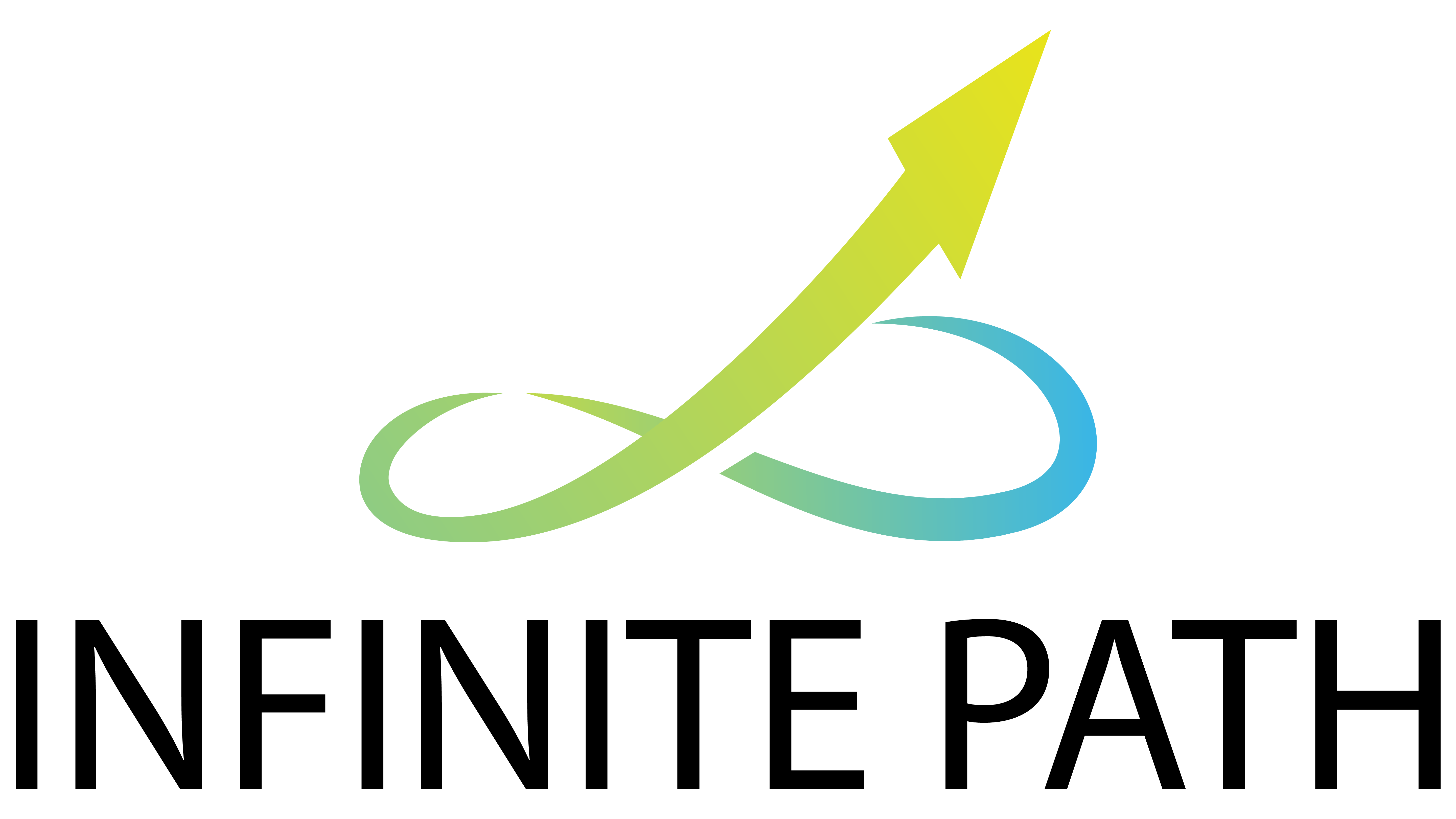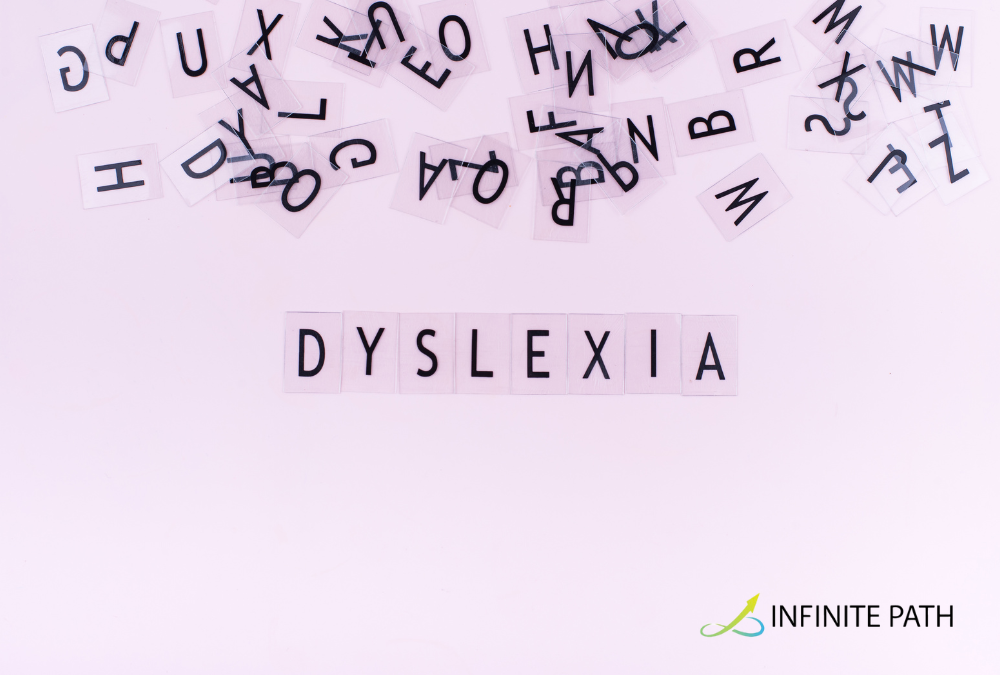Dyslexia is a term that often surfaces in educational and psychological discussions, but its precise definition and implications can sometimes be misunderstood. For parents and teachers, understanding dyslexia from a psychologist’s perspective can be crucial in providing the right support for children who face this challenge. This article aims to clarify what dyslexia is and why the term “Specific Learning Disorder” (SLD) is often used in its place.

What is Dyslexia?
Dyslexia is a neurodevelopmental condition that primarily affects reading and related language-based processing skills. It is characterized by difficulties with accurate and/or fluent word recognition, poor spelling, and decoding abilities. These challenges are not reflective of a person’s overall intelligence or desire to learn but are instead linked to differences in how the brain processes written and spoken language.

A Psychologist’s Definition
From a psychologist’s viewpoint, dyslexia is understood as a specific learning disorder with impairment in reading (SLD-R). This definition is rooted in the Diagnostic and Statistical Manual of Mental Disorders (DSM-5), which categorizes dyslexia under the broader umbrella of Specific Learning Disorders. The DSM-5 criteria for diagnosing SLD-R include:
1. Persistent difficulties in reading accuracy, speed, or comprehension.
2. These difficulties are not solely attributable to intellectual disabilities, sensory impairments, or inadequate educational opportunities.
3. The reading challenges significantly interfere with academic achievement or daily living activities that require reading skills.
Why Use the Term “Specific Learning Disorder”?
The term “Specific Learning Disorder” is preferred in clinical and educational settings for several reasons:
1. Precision and Clarity: SLD is a more precise term that encompasses various learning difficulties, including dyslexia, dysgraphia (writing difficulties), and dyscalculia (math difficulties). This helps in identifying and addressing the specific nature of a child’s learning challenges.
2. Holistic Approach: Using SLD encourages a comprehensive evaluation of a child’s learning profile. It acknowledges that learning difficulties can manifest in multiple areas, not just reading, and promotes a more holistic approach to intervention.
3. Reduction of Stigma: The term SLD can help reduce the stigma associated with learning difficulties. It emphasizes that these challenges are specific and manageable with the right support, rather than being indicative of a broader intellectual deficit.
4. Consistency in Diagnosis: The use of SLD aligns with international diagnostic standards, facilitating consistency in diagnosis and intervention strategies across different regions and educational systems.

Supporting Children with Dyslexia
For parents and teachers, understanding that dyslexia is a specific learning disorder can guide more effective support strategies. Here are some key approaches:
– Early Identification: Recognizing signs of dyslexia early can lead to timely interventions, which are crucial for improving reading skills and academic outcomes.
– Individualized Instruction: Tailoring teaching methods to a child’s unique learning needs can make a significant difference. Multisensory approaches, such as the Orton-Gillingham method, have proven effective for children with dyslexia.
– Collaboration: Working closely with psychologists, special educators, and other professionals can ensure a coordinated effort in supporting the child’s learning journey.
– Emotional Support: Encouraging a positive self-image and resilience in children with dyslexia is essential. Celebrate their strengths and achievements to build confidence and motivation.
Understanding dyslexia as a specific learning disorder helps parents and teachers provide more targeted and effective support for children facing reading challenges. By embracing this perspective, we can foster an inclusive and supportive learning environment that empowers every child to reach their full potential.

